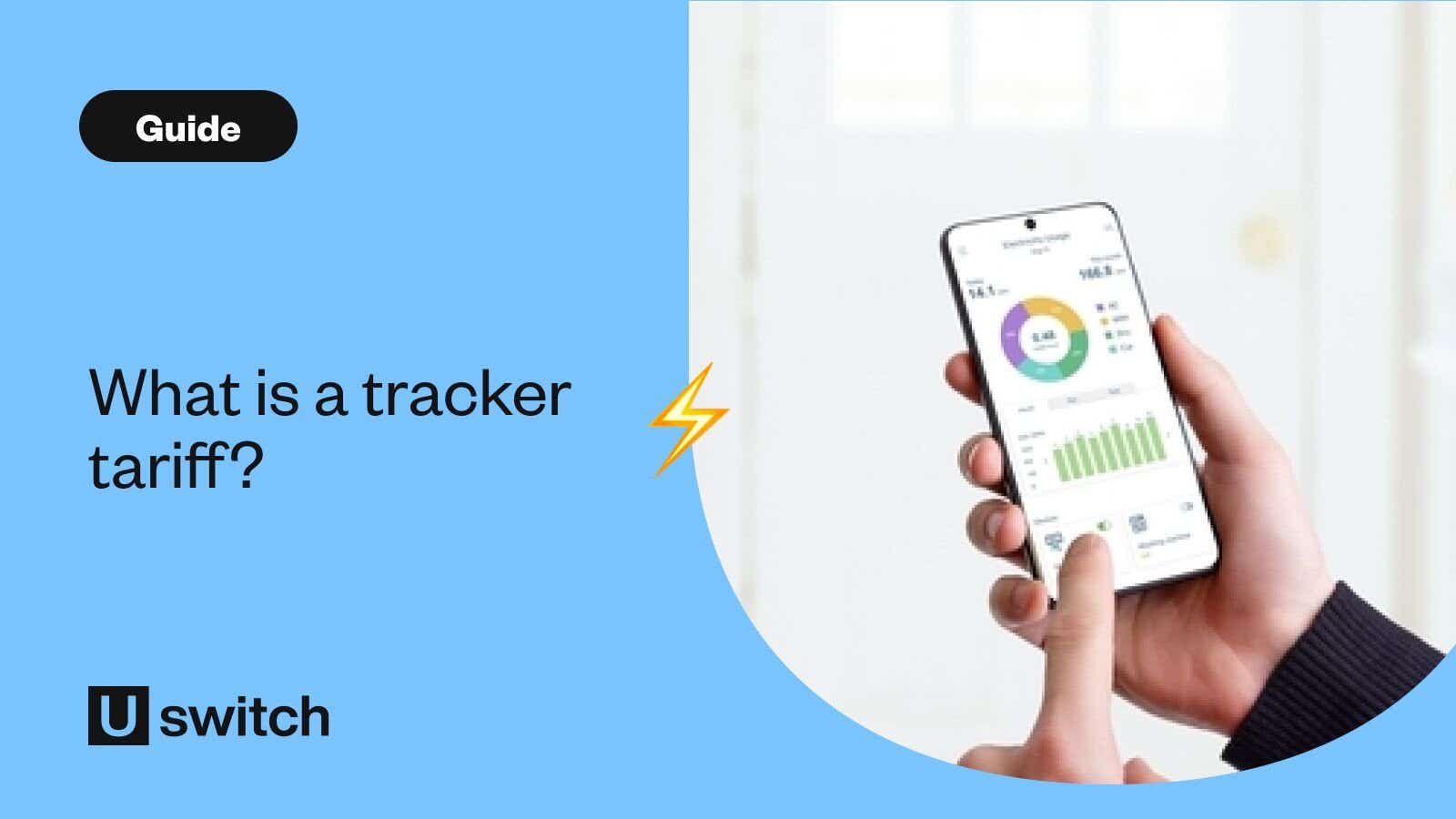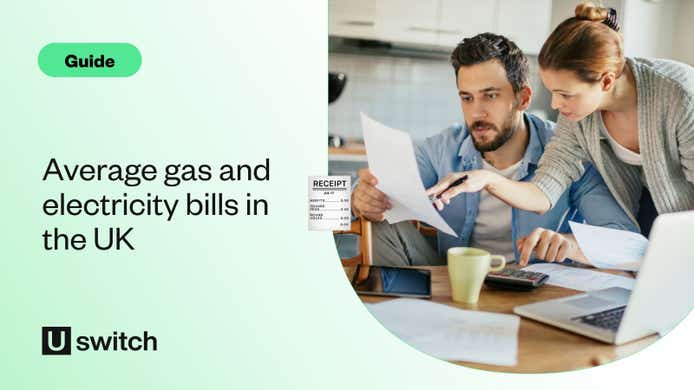How do tracker tariffs work?
Tracker tariffs usually work by tracking wholesale energy prices and setting the prices customers pay for their energy on a daily basis. The Octopus Tracker Tariff works like this.
This is different to a normal tariff capped by the price cap. The price cap changes every three months, so it can take longer for fluctuations to affect bills. This can be frustrating if prices are low because you don’t feel the benefit immediately. Tracker tariff prices change each day, so if prices are trending down, tracker tariffs provide quicker savings. However, if prices trend up, bills increase more quickly.
Additionally, tracker tariffs aren’t usually subject to the price cap, so customers can be charged more than the cap if prices rise beyond its limit. There is usually an inbuilt cap, but it could be as much as £1 per kWh of energy used.
Standing charges for gas and electricity can be variable or fixed. It’s important to know what your standing charges could vary between if you sign up to a tracker tariff.
Do tracker tariffs have exit fees?
Tracker tariff contract lengths are usually fixed but, while some tracker tariffs and therefore have exit fees, others don’t. If a tariff has an exit fee, you’ll have to pay it if you want to leave before the end of the contract.
What about price cap-discounted tracker tariffs?
Recently, EDF has introduced a new tracker tariff that reduces standing charges by £100 per year. In this sense, although the tariff is called a tracker tariff, it’s more like a default tariff that comes with a £100 discount. Unit rates change with the price cap (i.e. every three months) as opposed to daily. The standing charge is discounted, which makes this tariff a good option for low consumption households, although higher consumption households may see value in it as well.
Should I sign up to a tracker tariff?
It’s difficult to say whether it’s the right move to sign up to a tracker tariff because prices are so unpredictable and savings can’t be guaranteed.
Tracker tariffs are best for customers who:
- Are willing to keep up with energy wholesale prices on a daily basis
- Are prepared to potentially be charged more than they would if they were on a price-capped tariff.
It’s always worth running an energy comparison to see whether a tracker tariff could be right for you. The process only takes a few minutes and could result in significant savings on your energy bill. Get started by entering your postcode below.
Run an energy comparison
Enter your postcode below to compare energy prices and get started on your energy switch.




